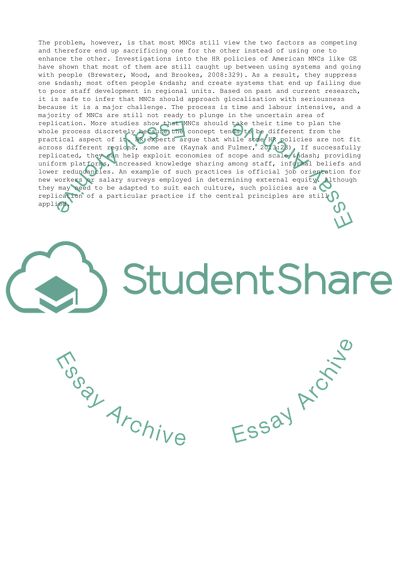Cite this document
(“Management with Human Resource Essay - To what extent is it reasonable”, n.d.)
Management with Human Resource Essay - To what extent is it reasonable. Retrieved from https://studentshare.org/management/1666071-management-with-human-resource-essay-to-what-extent-is-it-reasonable-for-multinational-enterprises-to-expect-to-regulate-their-human-resource-policies-and-practices-uniformly-across-national-boundaries-discuss-using-examples
Management with Human Resource Essay - To what extent is it reasonable. Retrieved from https://studentshare.org/management/1666071-management-with-human-resource-essay-to-what-extent-is-it-reasonable-for-multinational-enterprises-to-expect-to-regulate-their-human-resource-policies-and-practices-uniformly-across-national-boundaries-discuss-using-examples
(Management With Human Resource Essay - To What Extent Is It Reasonable)
Management With Human Resource Essay - To What Extent Is It Reasonable. https://studentshare.org/management/1666071-management-with-human-resource-essay-to-what-extent-is-it-reasonable-for-multinational-enterprises-to-expect-to-regulate-their-human-resource-policies-and-practices-uniformly-across-national-boundaries-discuss-using-examples.
Management With Human Resource Essay - To What Extent Is It Reasonable. https://studentshare.org/management/1666071-management-with-human-resource-essay-to-what-extent-is-it-reasonable-for-multinational-enterprises-to-expect-to-regulate-their-human-resource-policies-and-practices-uniformly-across-national-boundaries-discuss-using-examples.
“Management With Human Resource Essay - To What Extent Is It Reasonable”, n.d. https://studentshare.org/management/1666071-management-with-human-resource-essay-to-what-extent-is-it-reasonable-for-multinational-enterprises-to-expect-to-regulate-their-human-resource-policies-and-practices-uniformly-across-national-boundaries-discuss-using-examples.


